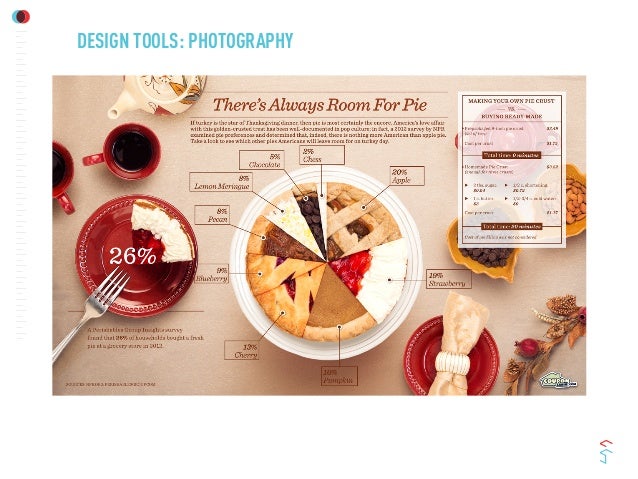Change Your Photography By Grasping Lighting Strategies That Can Boost Your Pictures-- Uncover The Typical Risks That Could Be Holding You Back
Change Your Photography By Grasping Lighting Strategies That Can Boost Your Pictures-- Uncover The Typical Risks That Could Be Holding You Back
Blog Article
Web Content Created By-Greenwood Isaksen
As a digital photographer, you know that lighting can make or break your pictures. Recognizing the subtleties of both natural and fabricated light is important for recording the state of mind and clarity you aim for in your work. Whether you're chasing the excellent gold hour radiance or tweak your artificial arrangements, mastering these components can raise your digital photography dramatically. But there are common mistakes that numerous overlook, and recognizing them can transform your technique to every shoot. Let's discover what you might be missing and just how it can influence your results.
Understanding All-natural Light
Comprehending natural light is important for any photographer wanting to boost their work. It's the foundation of wonderful photography, influencing mood, tone, and clearness. When you shoot outdoors, take note of the moment of day. https://postheaven.net/russel33kiersten/just-how-to-locate-your-unique-style-as-a-photographer -- shortly after daybreak and prior to sundown-- supplies soft, warm light that can change average scenes into sensational photos.
Do not ignore the power of overcast days. Cloud cover diffuses sunshine, developing a soft, also light that's best for portraits and macro digital photography. You'll discover shades pop in this kind of lights without harsh darkness.
Positioning matters, as well. Constantly consider your topic's alignment to the source of light. If the sun's behind your topic, you may end up with a shape, which can be dramatic yet mightn't be what you want. Alternatively, straight sunshine can produce uncomplimentary shadows.
Trying out angles; sometimes, changing your viewpoint can produce fantastic outcomes. Use natural reflectors, like water or sand, to jump light onto your subject, adding dimension.
Mastering Artificial Light
Grasping synthetic light is essential for professional photographers that wish to take their skills to the following degree. Whether you're making use of speedlights, studio strobes, or continual lights, comprehending just how to adjust these sources can substantially boost your images.
Beginning by familiarizing on your own with the essentials of light top quality, direction, and color temperature level. Try out various modifiers like softboxes, umbrellas, or grids to regulate the soft qualities or harshness of the light.
You'll discover that soft light often develops complementary results, while harsher light can add dramatization and depth. Don't shy away from darkness; they can boost the three-dimensionality of your topics.
Pay attention to the positioning of your lights. A light located also close to your subject can produce unflattering results, while also far away can result in an absence of information. Make use of a light meter or your electronic camera's histogram to ensure you're subjecting properly.
Finally, remember that man-made light can be mixed with ambient light for innovative results. Stabilizing these sources may take practice, once you master it, your photography will genuinely shine.
Techniques for Various Situations
When you step into various capturing situations, adjusting your lights strategies is important for capturing the most effective photos. For outdoor pictures, use the gold hour-- early morning or late afternoon light-- to soften darkness and boost complexion.
If it's a severe noontime sunlight, take into consideration using a reflector to bounce light back onto your topic or seek shaded locations for a much more even exposure.
In low-light circumstances, like indoor events, increase your ISO and use a large aperture to let in even more light. A tripod can help eliminate electronic camera shake, permitting longer direct exposures without obscuring.
If why not try this out contending evening, explore off-camera flash to produce vibrant lighting and depth in your pictures.
For item photography, utilize diffused lights to prevent extreme representations. Softboxes or light camping tents can aid accomplish this impact.
When photographing landscapes, think about the direction of light and time of day, as it can drastically change the mood of your shot.
Always be ready to change your settings and placing based upon the scenario, as flexibility is essential to mastering lights in photography.
Verdict
Finally, understanding lights is essential to boosting your digital photography skills. Embrace all-natural light's elegance throughout gold hour, and do not avoid try out synthetic light methods. By adapting your strategy to different scenarios, you'll capture spectacular photos that resonate with feeling and clarity. Keep in mind, the ideal illumination can transform an ordinary shot into something phenomenal, so maintain practicing and refining your understanding of both natural and synthetic light. Happy capturing!
